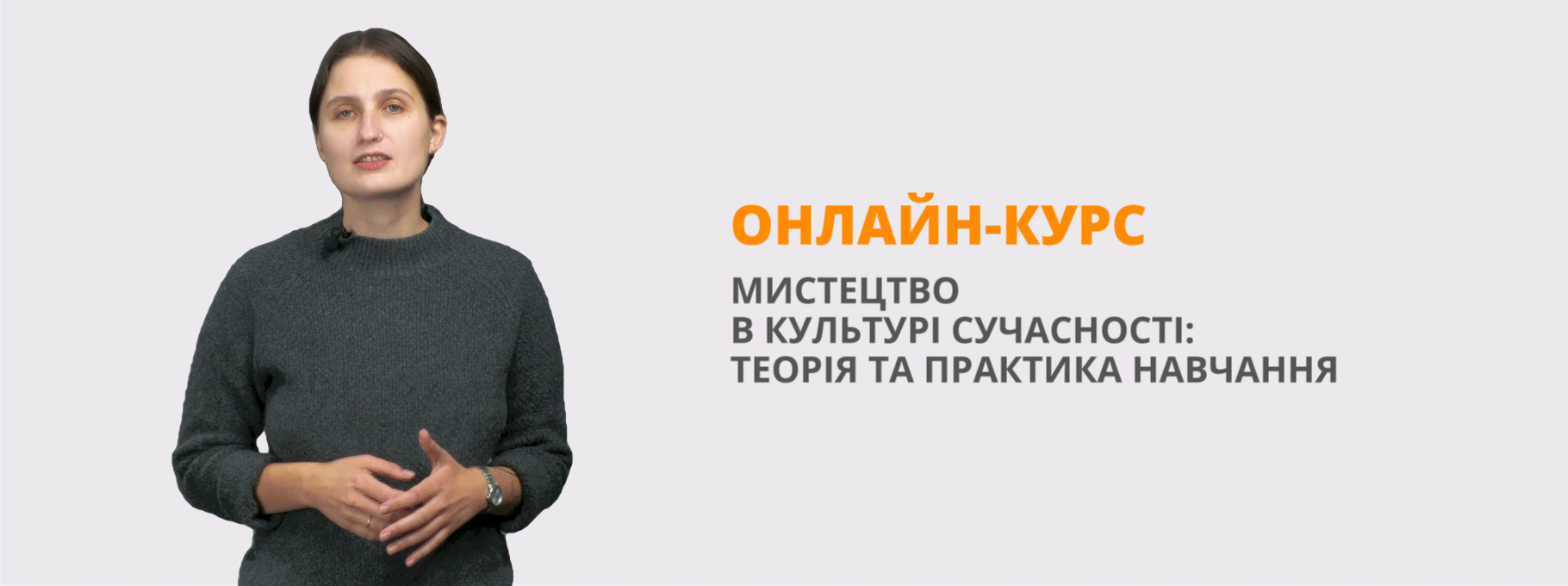Конспект уроку "Direct and Indirect Speech. What are most teenagers eating nowadays?"
Direct and Indirect Speech. What are most teenagers eating nowadays?
Objectives:
- to revise previously taught vocabulary;
- to improve students’ vocabulary skills;
- to introduce and practice the new grammar point;
- to focus students on use of the Direct and Indirect Speech;
- to broaden student’s vocabulary;
- to interest students in learning grammar; to develop students’ grammar competence;
- to motivate linguistic guess;
- to activate thinking and imagination;
- to activate error correction work;
- to provide a stable and welcoming atmosphere in the class;
- to develop self-esteem and mutual esteem;
- to inspire students to work in pairs.
Outcomes: by the end of the lesson students will be able:
- to identify the kinds of food;
- to give definitions of the words;
- to describe food and dishes;
- to analyze and understand the use of the 2nd Conditional;
- to use the 2nd Conditional in oral speech.
Procedure
1. Warm-up
Ex.1 p.27
Discuss the quotations. Do you agree with their authors? Give your reasons.
- One cannot think well, love well, sleep well if one has not dined well. (Virginia Woolf)
- Nothing will benefit human health and increase the chances for survival of life on Earth as much as the evolution to a vegetarian diet. (Albert Einstein)
Ex.2 p.27
Do you know table manners? Read these statements and decide if they are true or false. Correct the false statements.
1. We have to wash hands before eating and keep the place where we eat clean.
2. Our table manners begin with setting a table.
3. We have to put forks on the left and knives and spoons on the right.
4. While eating wipe your hands with napkins, not with your clothes.
5. Put a napkin on your knees.
6. Don’t put your elbows on the table.
7. Don’t speak while eating.
8. Don’t play at the table.
9. If you are a guest and you have finished eating, ask if you may be excused before leaving the table.
10. Don’t forget to say “Thank you” and “Please”.
2. vocabulary, listening and speaking
Ex.3 p.27
Listen and read the new words and their definitions. Make some sentences with these words.
1. sauce n a thick liquid that is eaten with food
2. cashew a small curved nut of the tropical (also cashew nut) n Latin American cashew tree
3. pistachio n a small green nut of an Asian tree (also pistachio nut)
4. peanut (also groundnut) n a nut that grows underground in a thin shell
5. carbohydrate n a substance such as sugar or starch that provides our body with energy and heat
6. obvious adj easy to understand
7. fizzy adj (of a drink) having bubbles of gas in it
3. grammar
Focus pp.28 – 31
Direct and Indirect Speech
4.Listening and writing
Ex.4 p.32
Listen to the text “What are most teenagers eating nowadays?” and answer the questions. Write down your answers.
1. What did Abigail Bailey say about her preferences in eating?
2. What did she say about her friends’ preferences in eating?
3. What did Inbar Aran say about his preferences?
4. What did David Trinh say about his and his friends’ preferences?
5. What did the scientist Piper Jaffray say about teens?
6. What did Nicole Miller Regan write in a research note?
5. speaking
Ex.5 p.32
Take turns to ask and answer questions about your priorities in eating. Present the results of your work to the classmates. Use indirect speech.
These questions can help you:
1. What are your priorities in eating?
2. Do you like junk food?
3. What drinks do you prefer?
4. What is your favourite dish?
5. What fruit do you like eating?
6. What are your favourite fruit and vegetables?
7. Do you prefer more junk food and fizzy drinks or home-cooked
meals and water or fresh fruit juice?
Ex.6 p.32 Work in groups. Find out what the members of your group have had for breakfast today. Present the results of you
6. Summary and summary
Ex.7-8 p.32
Listen to the pupils of Kyiv language school № 211. Here is the first part of their discussion. They discuss the laws of health with their teacher Tetiana Kovalenko. Say what problems trouble them and why. Give your reasons.
Ex.7-8 p.32
Listen to the second part of the pupils’ discussion. Say what problems haven’t been mentioned yet. Give your reasons.
8. Homework
Ex.9 p.32
Your teacher has asked you to share your ideas on food preferences.
Include the following:
- what we need food for;
- your food priorities;
- tips for being healthy.


про публікацію авторської розробки
Додати розробку
